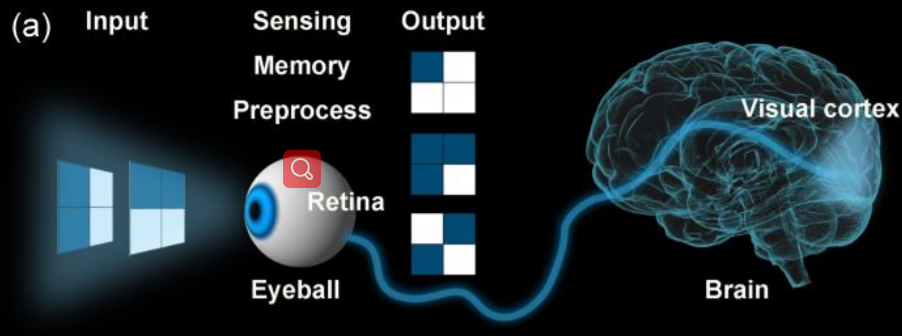Blood glucose detection
Research assistant in Information Materials And Devices Team, UESTC
Jul 2019 - Mar 2021|Chengdu
Advisor: - Jiang Wu, professor at Institute of Fundamatal and Froutier Science, Senior Member of IEEE, UESTC
- Yixuan Huang, Ph.D. candidate at Institute of Fundamental and Frontier Science, UESTC
We initially wish to achieve non-invasive blood glucose detection, however, the ideal is plump and the reality is bony.
In this research, we generated some defects on the surface of MXene-Ti3C2Tx to increase the number of hydroxyl groups, utilizing the excellent electrical conductivity and abundant active sites of functionalized MXene, which providing an electron transferring channel for the redox reaction between glucose oxidase (GOx) enzyme and glucose.
In addition, we develop an online data-sharing system containing a collection and analysis function to diminish the sensor detection error within 10%, which is mainly accomplished by me.
- Established the correlation between the peculiarities of reflection of an electromagnetic wave (0.5GHz-3GHz) and the concentration of blood glucose using the Gaussian Process, Partial Least Square, and Least Absolute Shrinkage and Selection Operator.
- Drafted the circuit to convert the current signal into a voltage signal and amplified the voltage signal through the ADS1115 amplifier, and then digitally filtered it with the Statistical Outlier Removal method after the ADC conversion.
- Developed a website and an Android application using Alibaba Cloud Server to record the glucose concentration data uploaded to the server and synchronize it while presenting the change trend of glucose.
Publication:
- IEEE Transactions on Nanotechnology "A glucose sensor based on surface functionalized MXene"[under review]

Bionic Optical Sensor
Research assistant in Optical Detection and Sensing Laboratory,UESTC
Apr 2021 - Jun 2021|Chengdu
Advisor: - Jiang Wu, professor at Institute of Fundamatal and Froutier Science, Senior Member of IEEE, UESTC
- Wen Du, Ph.D. candidate at Institute of Fundamental and Frontier Science, UESTC
In the first semester of my junior year, I started a whole new scientific journey, assisting Doc. Du to engage in the photoelectric sensor research of bionic human retina.
When I investigated the mechanism of the retina to store and preprocess visual information while perceiving light in human visual system, I found that the visual information will be preprocessed by the retina before be transmitted to the visual cortex, which effectively reduces data redundancy. It reminds me that once in the Introduction to Deep Learning course, the instructor mentioned that processing large amounts of non-structural visual data can lead to a huge waste of computational resources. After the great effort, Dr.Wen Du and I proposed a bionic image memory logic unit (IMLU), formed by a simple two terminal photodetector and comparator module, which minimizes the waste of computing resources considerably when processing of a large amount of non-structural visual data. During this process, I was mainly responsible for the design of the verification digital circuit—AND, OR and XOR.
Investigated the mechanism of the retina to store and preprocess visual information while perceiving light in the human visual system.
Designed the digital logic circuit, AND, OR, and XOR, to realize the Independent Medico-Legal Unit functional verification.
Proposed a bionic image memory logic unit formed by a simple two terminal photodetector and comparator module.
Publication:
- IEEE Electron Device Letters "An Image Memory Logic Unit Inspired by Human Retina"
Patent:
- CN202110740607.3(under verification)
WARNING
Frankly speaking, when it comes to scientific research experience, I feel guilty that my studies and contributions are not exact scientific research, but more like some engineering applications. In the thesis, compared with the postgraduate senior, my contribution is very limited. Those drawbackes inspired me to continue research in graduate school.
I am grateful to those who have offered me encouragement and support during the course of my study. Particular thanks to professor Jiang Wu who have taught me a lot and sponsored the related research and project.